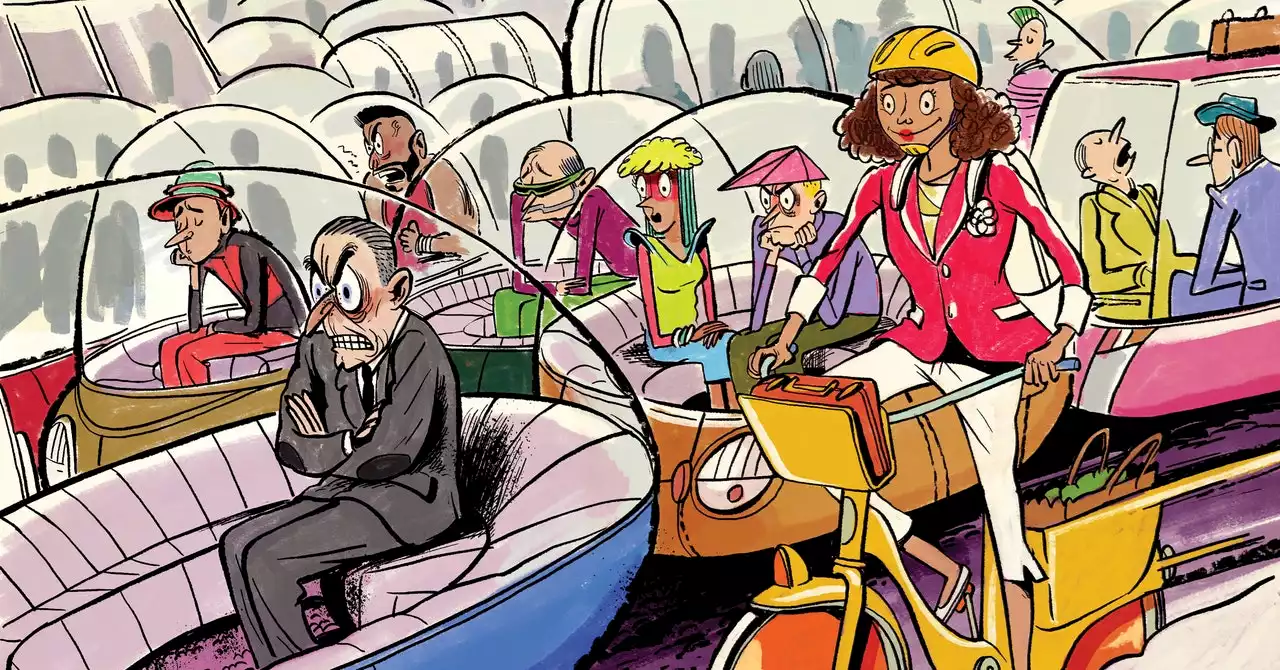The future of transportation has two thin wheels and handlebars. (From 2018)
Dockless also creates something like self-governing internet logic, with bikes as packets routed where they’re needed, rather than where docks will fit. This seems to make bike sharing more fair: Seattle city councilmember Mike O’Brien has observed anecdotally that dockless bike sharing is used by a broader demographic, in part because it’s super cheap and the bikes can circulate outside the well-off downtown neighborhoods.
. Batteries are cheaper and lighter than ever. One US firm, Jump Bikes, has custom-designed dockless ebikes sprinkled around San Francisco and Washington, DC. CEO Ryan Rzepecki suspects they’ll eclipse the appeal of regular bike sharing, because you could arrive at work without being drenched in sweat. “The number of people who are willing to ride electric bikes is probably 10X that of people who are willing to ride a regular one,” he says.
Clearly the bike-share revolution has limits. It probably won’t work outside urban areas. And if too many bikes flood a city, dockless systems can produce chaotic piles of bikes on certain sidewalks and streets, as has happened in China. This is a pretty solvable problem, though, if cities decide to limit the number of dockless bikes.
So sure, bring on the self-driving cars. Dig those hyperloops! But for a world that’s rapidly urbanizing and heating, the truly cool tech is bikes. And bike sharing has oodles of civic benefits too, says Elliot Fishman, director of Australia’s Institute for Sensible Transport: It relieves pressure on public transit, produces vanishingly small emissions compared to cars, and, at least with nonelectric bikes, boosts the overall exercise level .
Best of all, the bike-tech revolution reminds us that innovation isn’t always about the totally new. It’s often just as powerful to blend a robust, old tool that works well with a bit of new tech to make it better. Sometimes you truly don’t need to reinvent the wheel.
